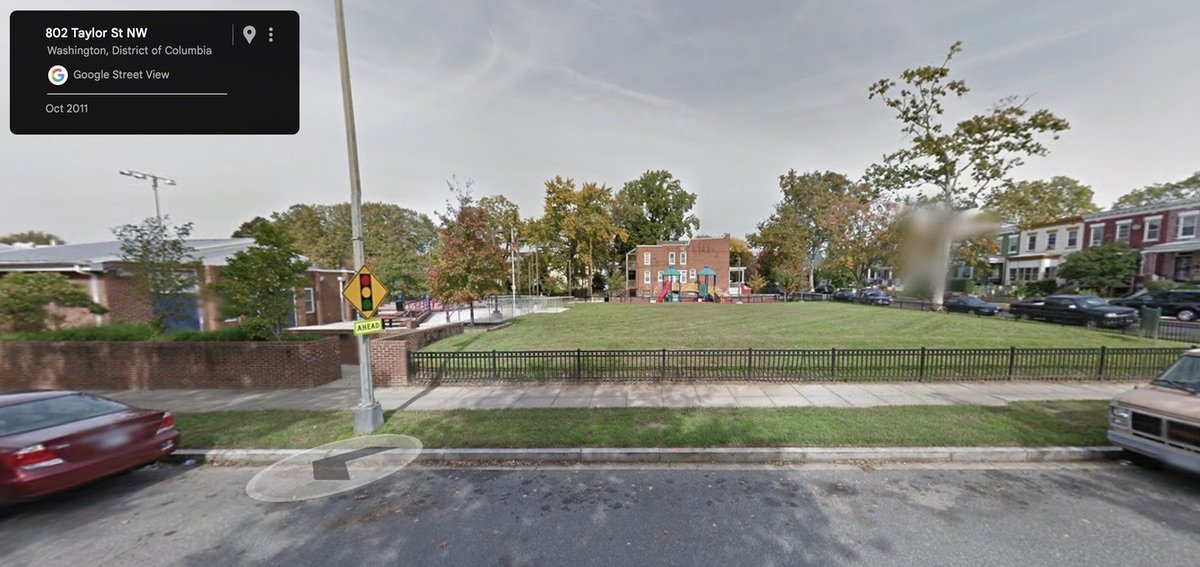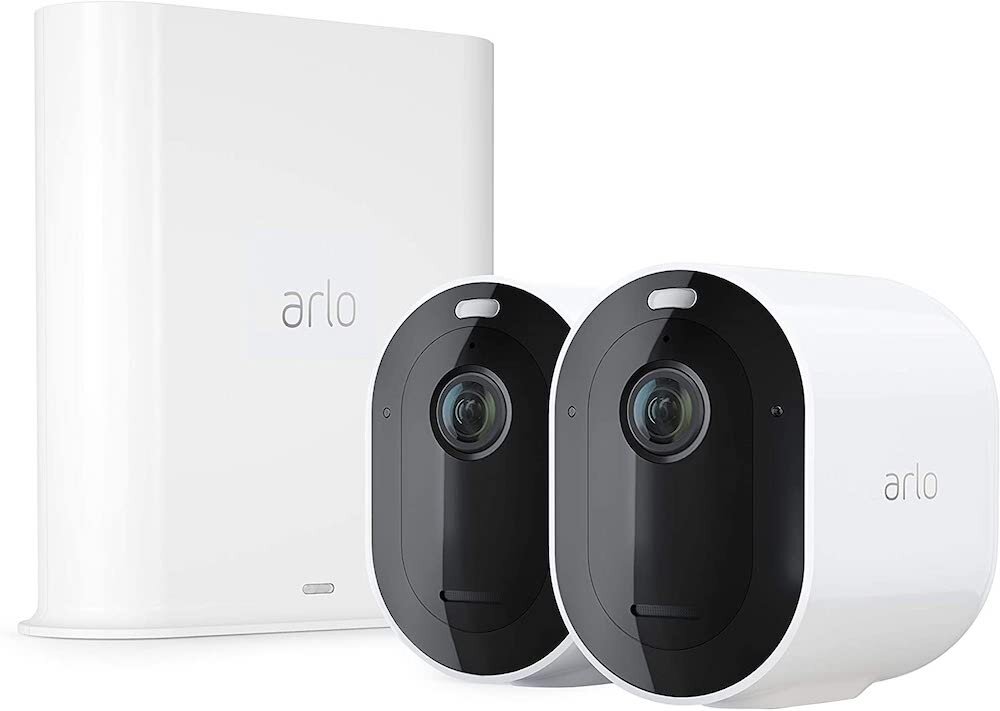Shaw gallery pays homage to Hip-Hop in DC and around the world
/Biz Markie’s portrait, painted live while he was inducted into The National Hip-Hop Museum.
by Austin Schott
Jeremy Beaver showed me around his House of Hip-Hop Art Gallery, currently displaying the museum’s gold, platinum and diamond record collection, and I was in awe of everything I saw.
“One of our most amazing plaques is Biggie Smalls’ plaque for Big Papa,” he said while walking me over to the award.
“This is Tupac’s own personal award right here, representing four different multi-platinum awards.”
“This is the platinum award to Just a Friend.”
“This is Jay-Z’s first-ever gold plaque.”
Platinum record award for The Notorious B.I.G.’s single Big Poppa
Beaver claims that his museum, The National Hip-Hop Museum at 2622 Georgia Ave NW in Shaw, has acquired one of the largest hip-hop collections in history, including what he claims to be the world’s largest hip-hop sneaker collection, the world’s largest signed hip-hop vinyl collection, and the world’s largest signed hip-hop microphone collection. His museum presents each of these collections individually in rotations as a part of The House of Hip-Hop Art Gallery. Beaver tells me his mission is to preserve and educate on the culture and music of hip-hop, specializing in what he calls the foundational hip-hop years of 1973-2000.
You walk around the art gallery and it’s a buffet of hip-hop: Gold records of Mos Def, Public Enemy comic books, Slim Shady action figures, Wu-Tang Clan potato chips.
Rare 2002 Gruntz Outkast figures which are available now in The Hip-Hop Shop
In one corner, the gallery displays only-heard-here music samples from Big L, KRS-One, and Doug E. Fresh - The museum team found archival video footage of the artists freestyling, then searched for the high-quality audio from the mix console to memorialize the tune. Beaver described the process as “hip-hop Indiana Jones.”
Gold record award for Ice Cube’s It Was a Good Day album.
In another corner is a signed portrait of Biz Markie. “It is a very special painting,” Beaver told me, “because it was painted live while he was being inducted him into our museum. When he stepped off stage, the first thing he did was sign his own face.”
Many of the articles across the museum were donated. The Big Papa plaque was donated by Chucky Thompson, a producer on the corresponding album, who Beaver considered a close friend, before his passing in August. He found a gold record for Daniel Dumile, later known as MF DOOM, at a flea market in Baltimore. The Jay-Z plaque was on eBay.
Boxing glove signed by LL Cool J and featured in his Mama Said Knock You Out music video
At the museum’s grand opening in 2019, the museum held a ceremony with hip-hop legends and influencers including Grandmaster Caz, The Sugarhill Gang, Melle Mel (of Grandmaster Flash and the Furious Five), and DC’s own Trouble Funk, who helped to popularize the go-go subgenre in DC.
Following its opening, the museum had been touring exhibits – they would organize pop-ups largely around the DC area. In early 2020, they were planning to open their full museum on New York Avenue, which would have included all of their memorabilia under one roof. Beaver says they would need 15,000 square feet to show it all off. They were preparing to sign the paperwork in March 2020 when COVID-19 struck. So, they decided to focus on individual exhibits using a pop-up location on Georgia Avenue across from Howard University. Now they display one collection at a time. They’re featuring gold, platinum, and diamonds records now. Next up: hip-hop jackets.
Collectable sneakers on display at The National Hip-Hop Museum
“The response has been overwhelming,” Beaver said. “People haven’t seen this type of thing before. So when they see it, they’re excited, they’re overwhelmed, they’re shocked, they’re surprised, and they’re nostalgic. There’s like 12 emotions that you get hit with all at one time.”
In April, they’re taking their plaque display and their sneaker collection to Little Rock, Arkansas to hold a pop-up exhibit there. They’ve already hosted similar experiences in Milwaukee.
The museum has a staff of ten folks, including historians, fabricators and music directors, each of whom bring something unique to the table creating an all-encompassing experience as soon as you set foot in the space.
National Hip-Hop Museum owner Jeremy Beaver showing off the Gold record award for Jay-Z’s album Reasonable Doubt.
Talking with Beaver is thrilling in and of itself. He’s close friends with hip-hop legends including Grandmaster Caz. He works in management for Sugarhill Gang and Das EFX and the estate of Biz Markie.
He began this effort when he struck gold with cryptocurrency investments. He then started investing in hip-hop memorabilia when he recognized how fast it was increasing in value. But as his collection started growing he realized he had something more than an investment on his hands. “Once I got into it,” Beaver told me, “I realized, ‘Oh my god. This is more important than my personal pleasure.’” Beaver came to see preservation of valuable hip-hop material as a civic duty. Beaver started to invest more into the project until it became “extremely risky.”
“I put everything I had into the collection and subsequently into the grand opening. And I knew in my heart of hearts I was doing the right thing.”
It seems now, Beaver’s investment has paid off.
The Hip-Hop Museum Pop-Up Experience
hiphopmuseumdc.org
2622 Georgia Ave NW
M-Sun: 12-8pm




















